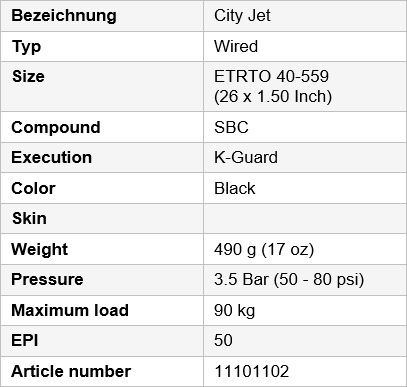I ride a mid 80s British Eagle MTB. The old slick/road tyres I had were Tioga city slickers, which I used to inflate to around 65 PSI rear and 60 front which was within manufacturer's recommended pressures. All was well.
I had to replace these and bought a pair of Schwalbe City Jets 26 x 1.5". On the sidewall, it says to "inflate to 85 PSI". I thought this was a bit extreme, so inflated to approx. 75.
Bearing in mind it's an old bike with no suspension, the ride is now very hard and uncomfortable. Every slight bump and pothole is transmitted through the frame and the bike is now uncomfortable to ride and rattles along.
If I reduce the pressures further below the maker's recommended pressure to around what I was using in the old tyres - will this affect the tyres? Will it cause them to wear quicker or be damaged? Are all slick tyres like this these days - needing very high pressures? Do others ignore the maker's pressure recommendations? Are there other slick MTB tyres that would be better for my needs?
When I was growing up, I can't think that we would ever have pumped up bike tyres to such high pressures. I'm sure that a traditional, frame-mounted tubular tyre pump would have been incapable of inflating a tyre to anything like 85 PSI. Why are such high pressures needed now?
I had to replace these and bought a pair of Schwalbe City Jets 26 x 1.5". On the sidewall, it says to "inflate to 85 PSI". I thought this was a bit extreme, so inflated to approx. 75.
Bearing in mind it's an old bike with no suspension, the ride is now very hard and uncomfortable. Every slight bump and pothole is transmitted through the frame and the bike is now uncomfortable to ride and rattles along.
If I reduce the pressures further below the maker's recommended pressure to around what I was using in the old tyres - will this affect the tyres? Will it cause them to wear quicker or be damaged? Are all slick tyres like this these days - needing very high pressures? Do others ignore the maker's pressure recommendations? Are there other slick MTB tyres that would be better for my needs?
When I was growing up, I can't think that we would ever have pumped up bike tyres to such high pressures. I'm sure that a traditional, frame-mounted tubular tyre pump would have been incapable of inflating a tyre to anything like 85 PSI. Why are such high pressures needed now?
